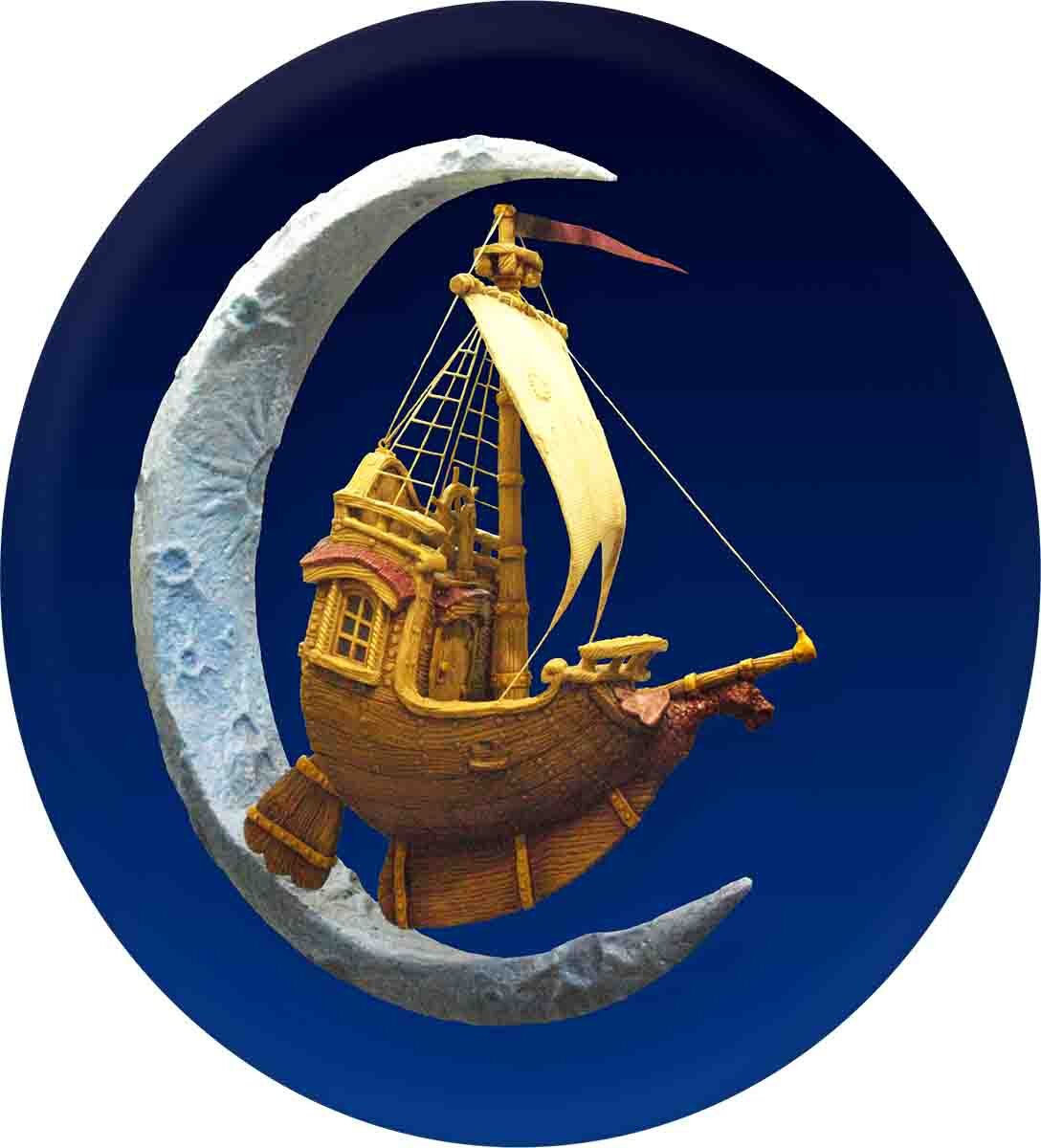The Fox & Hounds entrance hallway features several trees. Typically, we weld steel armatures for sculptures like these. Since these trees were built in place we started by screwing some heavy duty lag bolts into the walls to act as anchor points for a pencil rod frame.
Since space was at a premium, we kept the depth of these trees to a minimum.
We also built a branch to hold up the hostess’ station. We had originally designed it to sit on the floor but opted to mount it to the wall instead. The bird's nest remains, but we moved the fox in the knothole to one of the entrance trees. We built this piece in our shop from square tubing and pencil rod. We bolted the frame to the wall onto some backing the carpenters had put in place for us.
The next step was to attach expanded metal lath to these pencil rod frames and we will take a look at that process next week.














